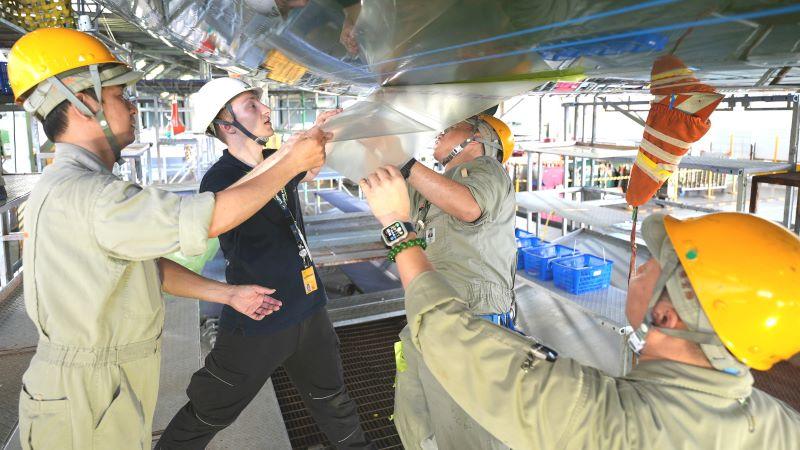
Credit: EVA Air
Lufthansa Technik says interest in its AeroShark surface film is rising globally as older widebodies operate longer than planned because of delivery delays for new generation aircraft. Taiwan’s EVA Air has become the first Asian airline to sign for application of Lufthansa Technik’s and BASF’s drag...
Subscription Required
Lufthansa Technik Sees AeroShark Interest Rise Due To Delivery Delays is published in Aviation Daily, an Aviation Week Intelligence Network (AWIN) Market Briefing and is included with your AWIN membership.
Already a member of AWIN or subscribe to Aviation Daily through your company? Login with your existing email and password
Not a member? Learn how to access the market intelligence and data you need to stay abreast of what's happening in the air transport community.





